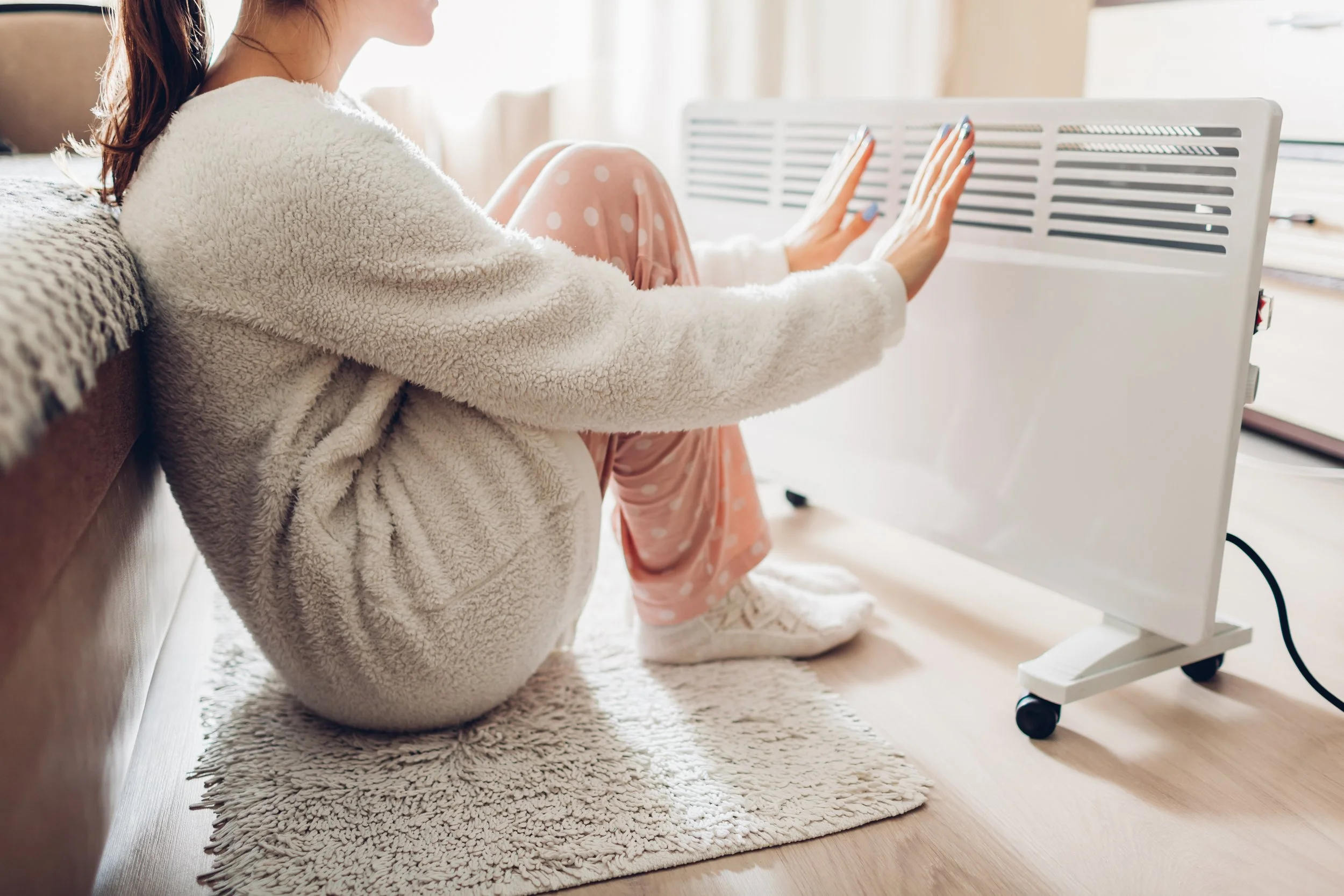Chil- "cold" -blain "sore" or "blotch"
Well, hello, winter! You've certainly blasted in to greet us at Blackwood this morning. Our toes are freezing!
Unfortunately, winter brings many people into our clinic suffering from cold-weather-related foot ailments. One of the most common problems we see over the next few months is chilblains.
What are chilblains?
Chilblains are a cold-induced blood vessel reflex and inflammatory response. Sounds complicated, hey? But bear with me while I explain ...
When we get cold, the blood vessels in our extremities constrict (reduce) in size. Our body does this to keep our vital organs (heart, lung, brain) protected. When we warm up again, the blood vessels in our extremities dilate (increase) back to normal size.
Chilblains are thought to be caused by a rapid change in temperature (from cold to warm), which leads to fluid moving abnormally from the blood vessels into the surrounding tissue.
Chilblains often present as red/purple, itchy or burning splotches on hands, feet, face and ears. In severe cases, chilblains can even lead to blisters or ulceration.
TO REDUCE YOUR RISK OF DEVELOPING CHILBLAINS
Keep feet warm and dry in cold weather by wearing thick socks and waterproof shoes.
Avoid warming cold feet quickly in front of a heater or by using a heat pack as this can cause further aggravation and increase symptoms.
Let cold feet warm up gradually. Reducing the sudden temperature changes can help prevent chilblains from developing.
To gradually warm up your feet, you can:
Walk around the house,
Massage the affected area,
Cover your feet with a non-heated blanket, and/or
Wear secure slippers and socks.
TREATMENT AND Management
Chilblains generally resolve within a few weeks of presentation, but it is important to seek medical attention to have your chilblains properly assessed and diagnosed.
“Your podiatrist will be able to offer advice on management, prevention, and symptom relief to keep you comfortable and on your feet!”
Untreated chilblains can become problematic. It is critical for people with diabetes and/or poor circulation to have chilblains assessed by a podiatrist due to the risk of developing into ulcers.
“Remember, socks and enclosed/waterproof shoes are the best way to keep your feet warm and protected this winter.”









